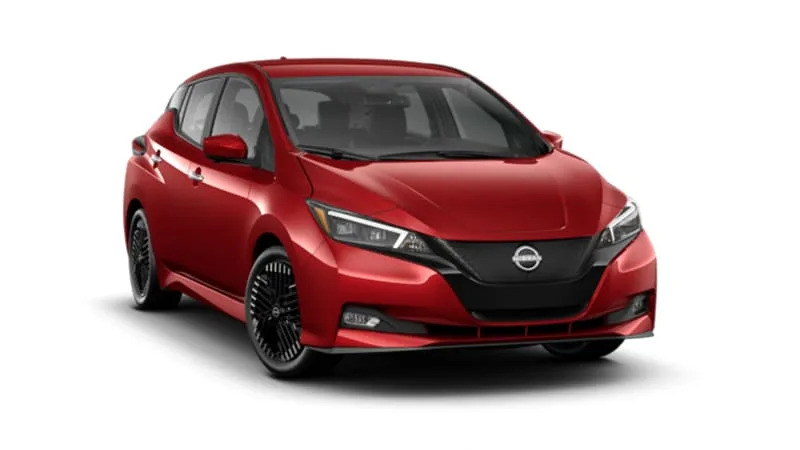Here's $50,000. Buy a new electric car

You do not need to spend $50,000 to get a good electric car, and it wouldn’t be surprising in this exercise if some of our editors leave a lot of fake cash on the table. Nevertheless, this seems like a good price point as we won’t be able to get the highest trim levels of most top-rated EVs, yet there will still be copious choices available.
Now, to the rules.
Your choice must be new and available as new today, Sept. 28, 2023. In other words, a 2023 is theoretically just fine even if 2024s are currently in production.
Unlike every other time we’ve played this game, federal EV tax credits DO count. As such, some choices will carry a $7,500 discount (we will assume that your tax status will result in you getting the full rebate) and others will not.
State tax credits DO NOT count, however. We have editors in Michigan, Ohio, California and Washington. Let’s not make this too complicated, K?
If the editor in question currently owns an EV, let’s just pretend they don’t, and this would either be a redo or a replacement.
OK, I think that does it. Let’s pick some electric vehicles.
Tesla Model 3 Performance
Senior Editor Jeremy Korzeniewski: I’m one of those aforementioned editors who already owns an electric car. Mine is a Tesla Model 3, but not quite like the one above. I chose to go with the base version with rear-wheel drive. I chose my Tesla Model 3 for a lot of reasons that I encourage you to read about here, but if someone is handing me $50,000 imaginary dollars (thanks, James!), I’ll instead opt for the all-wheel-drive Model 3 Performance. First, the specs: total range of 315 miles, 0-60 in 3.1 seconds and a total price of $56,880 after all the various fees are tacked on, which comes down to a tidy $49,380 after the $7,500 tax credit.
I’m no Tesla apologist or any particular fan of Elon Musk, but anyone who decides to buy something other than a Tesla today, in September of 2023, is missing out on Tesla’s Supercharger network. It’s vastly superior to any of the other big charging companies — trust me, I’ve used them all — and while I think the Model 3 in general is far from perfect, it’s pretty darn good. And surprisingly reasonable in price when stacked up against its strongest competitors. Mine is white, but I’ll take this virtual Performance edition in blue.
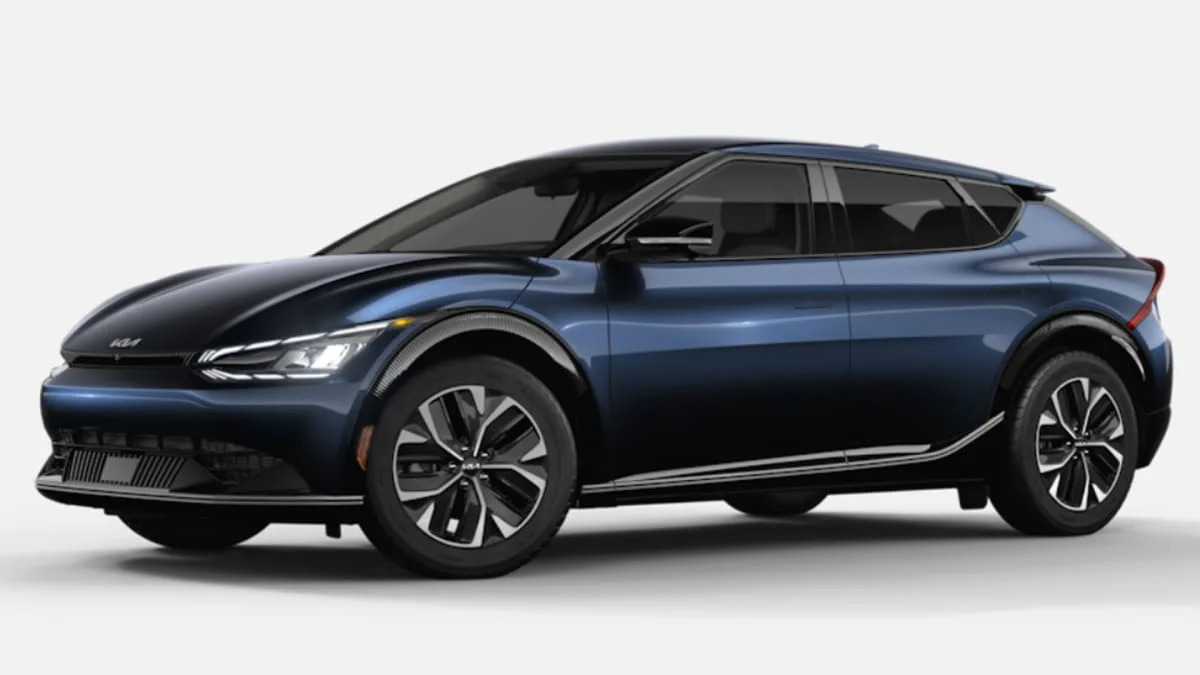
Kia EV6 Wind RWD
Senior Editor James Riswick: I seriously considered going with a Mustang Mach-E California Route 1 since I could take advantage of the tax credit, but ultimately, I just didn’t like that as much as this cheaper EV6 Wind. It’s better equipped and I like its looks inside and out. I also considered the Hyundai Ioniq 5, which I do find better to drive than the EV6, but again, it’s missing a few key features below $50,000 (memory seats being a big one for a household with 6-foot-3 and 5-foot-0 drivers). The Niro EV my family actually bought last December actually has a few more features than this EV6, but that’s really my wife’s car and we chose it in part because she prefers a smaller vehicle. I, on the other hand, generally prefer the EV6 and importantly, having a few extra fake bucks to spend certainly doesn’t hurt. So that was my EV choice journey.
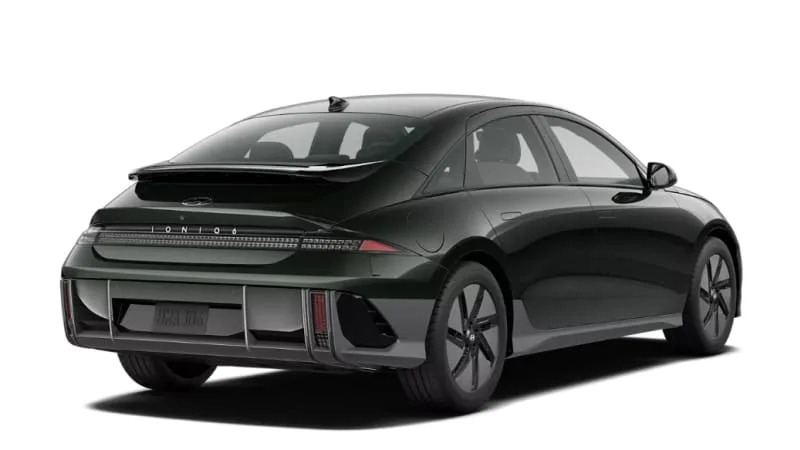
2023 Hyundai Ioniq 6 SE AWD
Senior Editor John Beltz Snyder: It’s been long enough and we’ve done enough of these that I don’t recall every pick I’ve made in our “Here’s $$$” assignments. So I started my research all over, and landed on the Hyundai Ioniq 6 SE AWD. It felt like a familiar choice. Turns out, back when we said, “Here’s $50,000. Buy a new car,” I went with an EV. It was the Ioniq 6 SE AWD. A slick Hyundai with four driven wheels and over 300 miles of range still sounds like a pretty great fit for the Snyder stable.
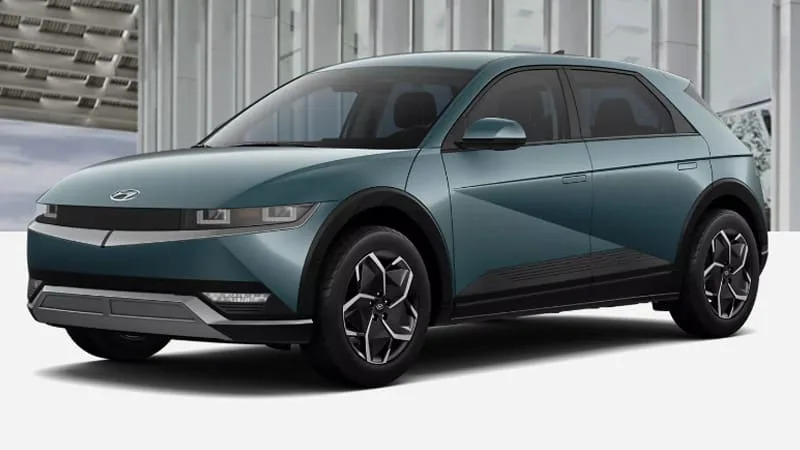
2023 Hyundai Ioniq 5 SEL RWD
Associate Editor Byron Hurd: This ended up being a lot trickier than I thought it would be. My issue isn’t finding an EV, per se, it’s finding out that would fill a vacancy within my existing fleet. As it turns out, there really aren’t any into which a current electric car available for $57,500 (give or take) or less would easily fit. Put another way: I want a truck, and cheap electric trucks just don’t exist.
Until it shipped back to the desert, my 2003 Toyota Matrix XRS was handling most of the dirty work, so I suppose a hatchback replacement would get the job done. The Ioniq 5 SEL RWD would do the job just fine. As I learned driving its platform mate, the Kia EV6, it’s virtually the same size as the Matrix and still offers hatchback utility. And it’s rear-wheel drive to boot? Even with AWD, this one hits $50,000 almost on the dot without any help from the feds. Sign me up.
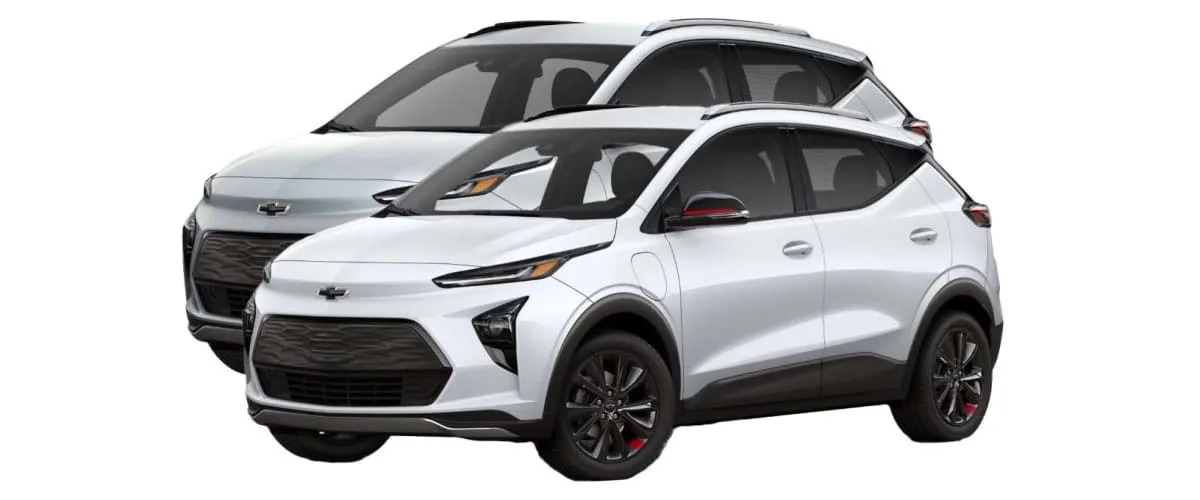
Two Chevy Bolt EUVs
Managing Editor Greg Rasa: You could buy a Ford F-150 Lightning XLT for around $58,000, with the tax credit bringing the price down to around our price point. Ah, but the dealer markups on that! When everyone else is zigging, it’s time to zag. Instead of buying an immensely popular EV, how about buying one that’s in its last throes of production and starting to dwindle down on Chevy lots — and not just one, but you can buy two of them for this amount. And Riswick said absolutely nothing about our choice needing to be just one car. A Chevy Bolt EUV with the LT Redline trim lists for $30,680 including destination fee. Less the $7,500 tax credit, it’s $23,180. Put me down for two, and that’s still under budget. And now I have two EVs that are a blast to drive, comfortable, zippy — the Bolt EUV is just a dandy little car. Put the two together and they have nearly 500 miles of EPA range. Drain one, plug it in and jump into the other.
2024 Nissan Leaf SV Plus
News Editor Joel Stocksdale: So this is something that’s been in the back of my head a lot, though more along the lines of buying one used with my actual money. You see, I love modifying my cars. I want to put my own personal spin on anything I own, and making them drive even better than before. And outside of a Tesla, the Nissan Leaf is one of the absolute best for this.
As it turns out, there’s a healthy aftermarket for the Leaf in Nissan’s home country of Japan. There are multiple body kits for making it look either sportier or more luxurious from companies such as Blitz and Kuhl. There’s an array of suspension upgrades that would lower it and significantly improve the slightly soft stock Leaf. And amazingly, Nismo actually sells a mechanical limited-slip differential, great for getting that electric torque down. I fully recognize that the Leaf doesn’t make sense for everyone (air-cooled batteries, CHAdeMO fast charger, more expensive than Bolt), but for my particularly specific interests, it’s actually pretty excellent.
